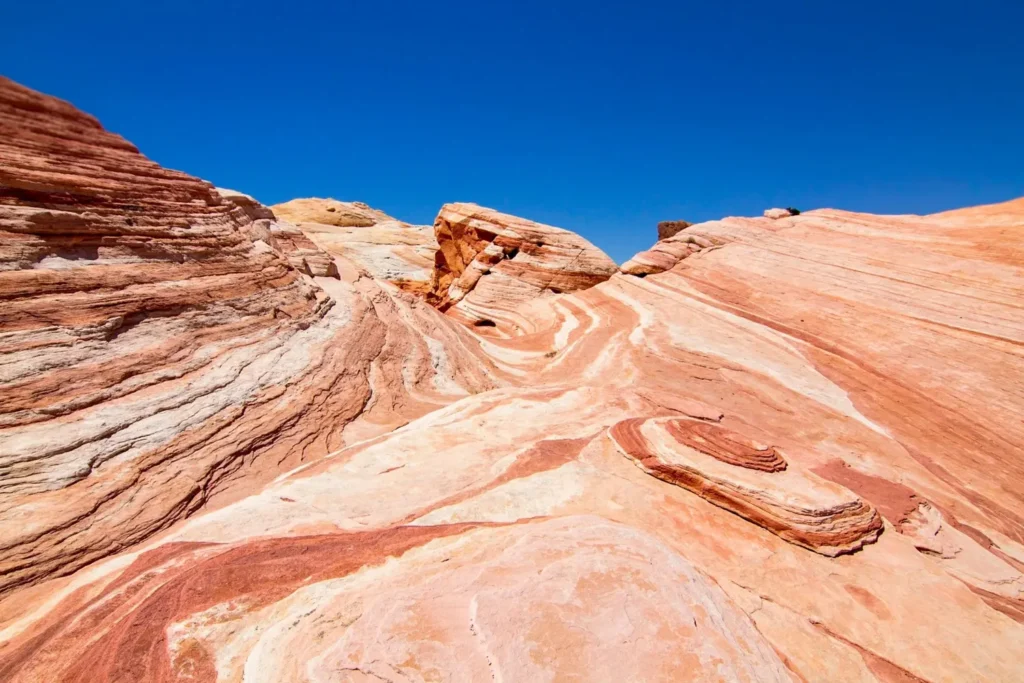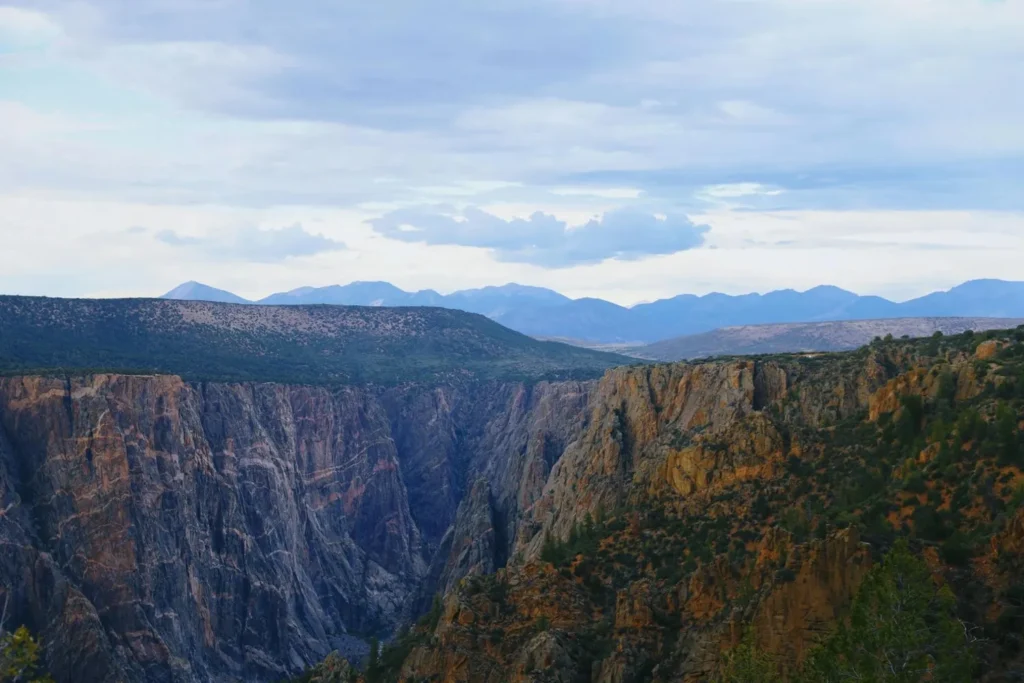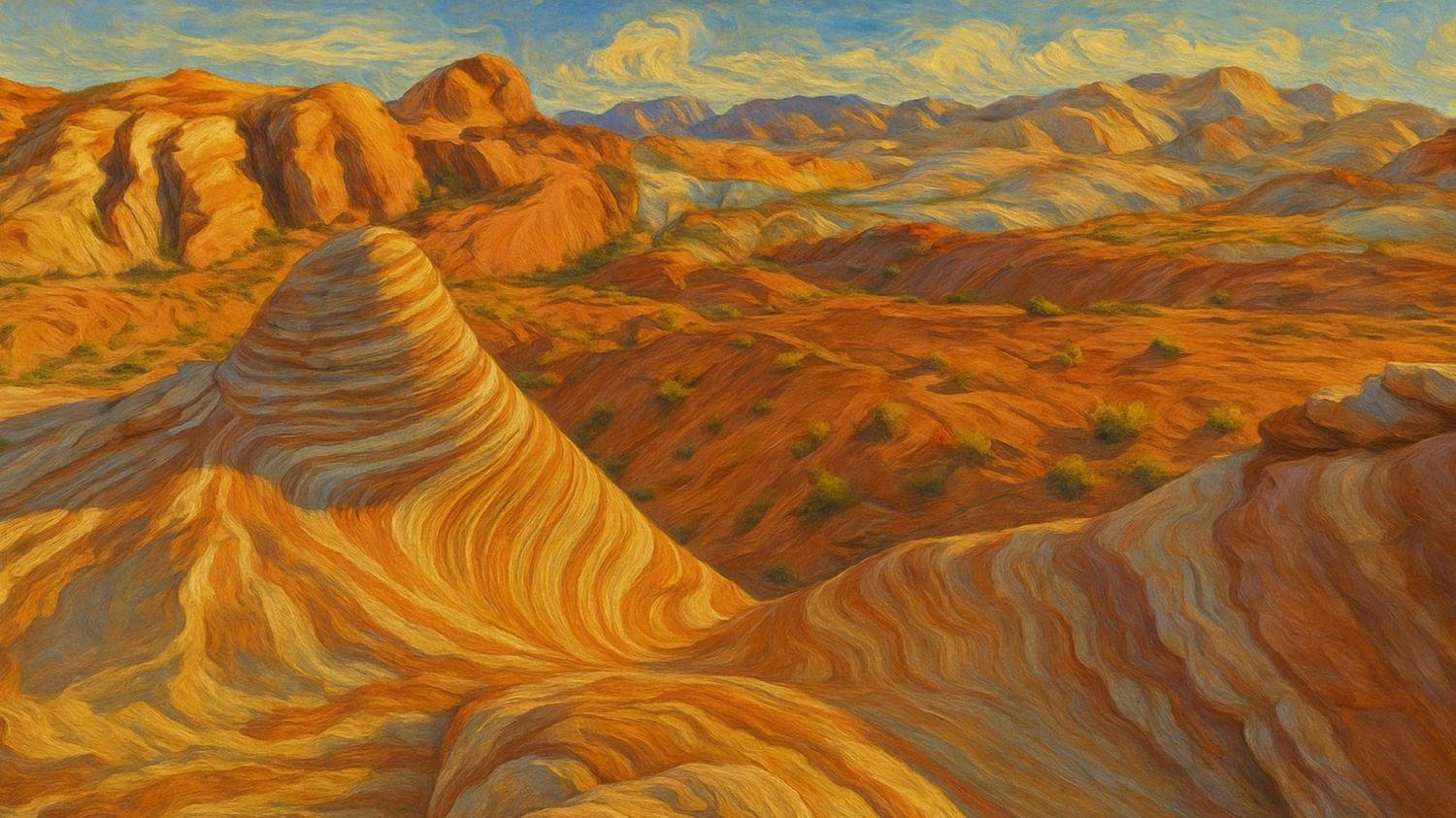Nature has blessed the United States with incredible landscapes that range from towering mountains to vast deserts, rushing rivers, and pristine lakes. While places like the Grand Canyon and Yellowstone National Park often steal the spotlight, America harbors numerous hidden natural treasures that deserve just as much attention.
These lesser-known natural wonders offer breathtaking views, unique geological formations, and unforgettable experiences without the overwhelming crowds. Perfect for travelers seeking authentic connections with nature, these destinations showcase the remarkable diversity of American landscapes that many tourists miss.
1. Mono Lake, California: Ancient Waters with Otherworldly Beauty
A Prehistoric Lake with Remarkable Resilience
Tucked away in the eastern Sierra Nevada mountains lies Mono Lake, a saline soda lake that formed over 760,000 years ago, making it one of North America’s oldest lakes. This ancient body of water boasts a salinity level nearly three times that of the ocean, creating a unique ecosystem that has adapted to these harsh conditions.
Location and Accessibility
Located just east of Yosemite National Park, Mono Lake sits at the edge of the Great Basin in Mono County, California. The lake is easily accessible via Highway 395, about 13 miles east of Lee Vining. Visitors can explore the lake through several access points, with the South Tufa area being the most popular for its impressive limestone formations.
Nature’s Sculptural Masterpiece
What makes Mono Lake truly extraordinary are its limestone tufa towers—calcium carbonate spires and knobs formed when underwater springs rich in calcium mix with the lake’s carbonates. These otherworldly formations rise from the water’s surface like natural sculptures, creating a landscape that feels more like another planet than Earth.
Why It’s Worth Checking Out
Beyond its visual appeal, Mono Lake serves as a critical habitat for millions of migratory birds, including California gulls and grebes. Photographers particularly love visiting during sunrise and sunset when the tufa towers are bathed in golden light, creating spectacular photo opportunities against the backdrop of the Sierra Nevada mountains.
2. Craters of the Moon National Monument, Idaho: Earth’s Lunar Landscape
Volcanic Wonderland in America’s Heartland
Despite its name, Craters of the Moon is firmly on Earth—though you might question that fact when seeing it for the first time. This vast sea of lava flows with cinder cones, spatter cones, and lava tubes represents one of the best-preserved flood basalt areas in the continental United States, formed by volcanic eruptions that occurred between 15,000 and 2,000 years ago.
Finding This Lunar Landscape
Located in central Idaho along US Highway 20/26/93, about 18 miles southwest of Arco, this national monument sits in the Snake River Plain. The monument covers approximately 750,000 acres, providing ample space for exploration and discovery away from crowds.
A Testimony to Earth’s Volcanic Power
The landscape here appears both desolate and dynamic—black twisted lava rock contrasts sharply with seasonal wildflowers that somehow find life in this harsh terrain. The monument features over 25 cinder cones, numerous lava tubes that visitors can explore, and remarkable examples of pahoehoe (smooth, ropy lava) and a’a (rough, blocky lava) formations. The area resembles the lunar surface so closely that NASA astronauts trained here before their moon missions in the 1960s.
Worth the Trek
While appearing barren at first glance, Craters of the Moon harbors surprising biodiversity. The monument features over 750 plant species and diverse wildlife adapted to this extreme environment. Adventurous visitors can hike across lava fields, descend into lava tubes like the Boy Scout Cave and Indian Tunnel, and climb to the top of cinder cones for panoramic views.
3. Valley of Fire State Park, Nevada: Where Sandstone Burns Red

Nevada’s Fiery Desert Gem
Just an hour’s drive from the neon lights of Las Vegas lies a landscape that seems to be ablaze with color. Valley of Fire State Park, Nevada’s oldest and largest state park, earned its name from the vibrant red Aztec sandstone formations that appear to be on fire when reflecting the sun’s rays. Established in 1935, this 40,000-acre park preserves a landscape shaped by complex geological processes over millions of years.
Desert Proximity with Easy Access
Located just 50 miles northeast of Las Vegas, the park sits within the Mojave Desert, accessible via Interstate 15 and Valley of Fire Highway. This proximity to a major tourist destination makes it surprising that many visitors to the area miss this natural wonder.
A Canvas of Colors and Formations
What makes Valley of Fire truly special is its incredible diversity of geological features concentrated in a relatively small area. Brilliant red sandstone arches, ancient petrified trees, and contorted formations like the famous “Elephant Rock” and “White Domes” showcase nature’s artistic capability. Adding to the visual spectacle are the 2,000-year-old petroglyphs carved into rock faces by ancient Pueblo peoples, telling stories of those who lived here long ago.
Perfect for Explorers and Photographers
Valley of Fire offers something for everyone—from easy scenic drives with frequent pullouts to moderately challenging hiking trails that lead to hidden gems. The park’s otherworldly landscape has served as a backdrop for numerous films and commercials. Photographers particularly treasure the “golden hours” around sunrise and sunset when the red rocks seem to glow from within.
4. Apostle Islands Sea Caves, Wisconsin: Frozen Wonders of the North
Lake Superior’s Sculptural Shoreline
Along the southern shore of Lake Superior lies one of the Midwest’s most surprising natural wonders—the Apostle Islands Sea Caves. Carved by thousands of years of wave action, freezing, and thawing, these sandstone caves transform with the seasons. In summer, they’re explored by kayak; in winter, they become an ice-encrusted wonderland accessible by foot when the lake freezes solid.
Northern Wisconsin’s Hidden Treasure
The caves are located within the Apostle Islands National Lakeshore near Bayfield, Wisconsin, about 90 minutes east of Duluth, Minnesota. The mainland sea caves are accessible from Meyers Beach, while others are scattered among the 21 islands that make up the archipelago.
Nature’s Evolving Masterpiece
What makes these caves extraordinary is their dynamic character—they’re never the same twice. Lake Superior’s powerful waves have carved elaborate passages, vaulted chambers, and delicate arches into the red sandstone cliffs. During winter, lake spray freezes into stunning ice formations—curtains, columns, and delicate icicles transform the caves into crystal palaces. In summer, the water beneath the caves glows with an ethereal turquoise hue when sunlight reflects off the lake bottom.
A Seasonal Wonder Worth Timing Right
The sea caves offer completely different experiences depending on when you visit. Summer allows for intimate exploration by kayak, paddling into chambers where your voice echoes off walls painted with colorful mineral stains. Winter presents a rare opportunity to walk on the frozen lake into ice caves adorned with frozen waterfalls and delicate ice formations.
5. Black Canyon of the Gunnison National Park, Colorado: The Steep and the Deep

Colorado’s Vertical Wilderness
Perhaps the most overlooked national park in Colorado, Black Canyon of the Gunnison features some of the steepest cliffs, oldest rock, and most dramatic scenery in North America. The canyon’s name comes from the fact that parts of it receive only 33 minutes of sunlight per day, creating shadows so deep that the canyon walls appear black.
Hidden in Western Colorado
Located in western Colorado, about 250 miles southwest of Denver near the town of Montrose, this national park preserves 14 miles of the deepest and most dramatic section of the Gunnison River canyon. The park has two distinct sections—the more developed South Rim and the more primitive North Rim.
A Canyon of Superlatives
What makes Black Canyon truly spectacular is its unique combination of depth, narrowness, and sheer vertical walls. At its deepest point, the canyon plunges 2,722 feet from rim to river—that’s nearly twice the height of the Empire State Building. At its narrowest point at Chasm View, the canyon spans just 40 feet across at the rim while dropping almost 1,800 feet straight down. The Painted Wall, Colorado’s highest cliff at 2,250 feet, displays striking pink pegmatite veins against dark metamorphic rock.
Paradise for Adventurous Souls
Despite containing some of America’s most dramatic landscapes, Black Canyon remains relatively uncrowded, receiving just a fraction of the visitors that flock to Colorado’s more famous Rocky Mountain National Park. This solitude is part of its appeal. Adventurous hikers can attempt challenging inner canyon routes (permits required), while rock climbers test their skills on some of the most difficult big wall climbs in North America.
These five lesser-known natural wonders represent just a small sample of America’s hidden treasures. Each offers something unique—ancient lakes with tufa towers, volcanic moonscapes, fiery sandstone formations, ice-adorned sea caves, and vertigo-inducing canyons. By venturing beyond the famous national parks, travelers can discover these remarkable places where nature’s artistry often goes unnoticed by the crowds.
Have you visited any of these hidden gems? Drop your thoughts in the comments below!

